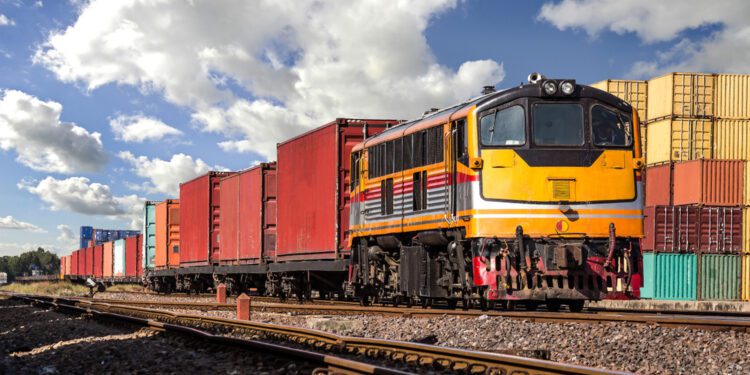A railroad strike would be crippling at any time, but the possibility felt particularly ominous with holiday season approaching. If the railroad systems had shut down, the impact on the economy would have been huge. According to the rail carriers trade group, the U.S. Chamber of Commerce, and the American Farm Bureau Federation, a rail strike could cost the economy up to $2 billion daily.
The strike was set to begin as early as December 9. To avert this disaster, the House passed two preemptive bills. The first bill blocked the strike, imposing a tentative contract deal negotiated by the White House. A second bill that included seven days of paid sick leave passed the House, but not the Senate. The unions involved in these negotiations represent roughly 115,000 employees of large freight railroads. Those unions maintain that the big railroads can afford to grant paid sick leave, pointing out that several rail carriers involved in these contract talks reported more than $1 billion in profit in the third quarter.
In addition to consumer goods and travel, the strike would have significantly impacted the agricultural industry. An estimated 30 to 40% of food people buy is shipped by rail, and shortages would have driven up already increasing prices. Hygiene times, medical supplies, and chemicals to purify drinking water would have also been in short supply.
The compromise agreement supported by the railroads and a majority of the unions was the most significant rail workers have received in decades. It provided raises and $5,000 in bonuses retroactive to 2020, along with one additional paid leave day. Workers have to pay a larger share of their health insurance costs, but their premiums are capped at 15% of the total cost of the insurance plan. This agreement, however, doesn’t provide paid sick leave.














